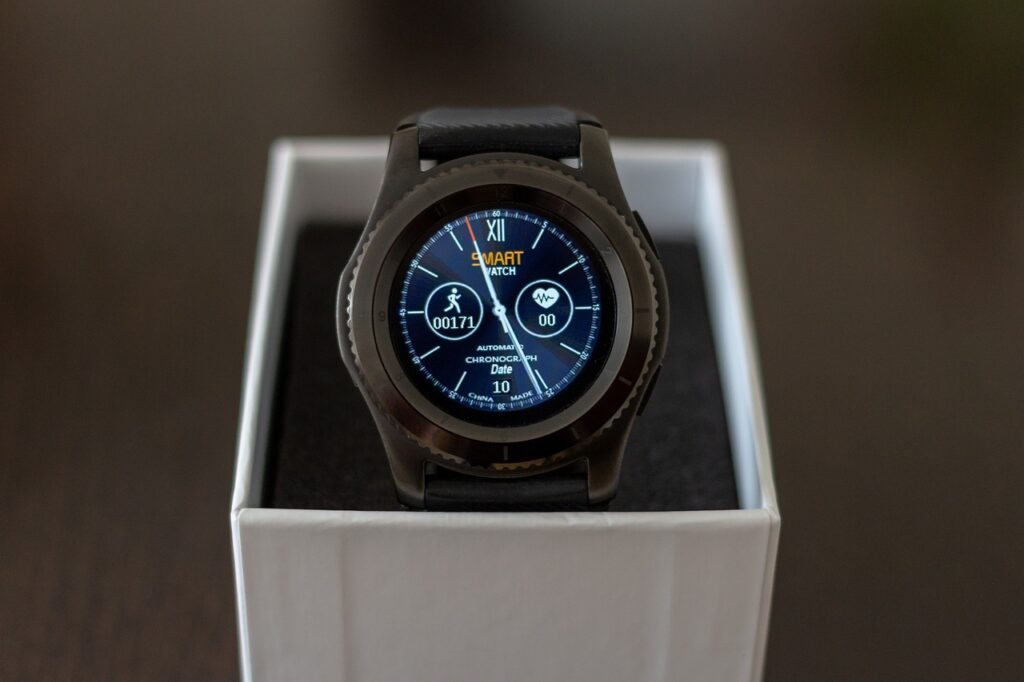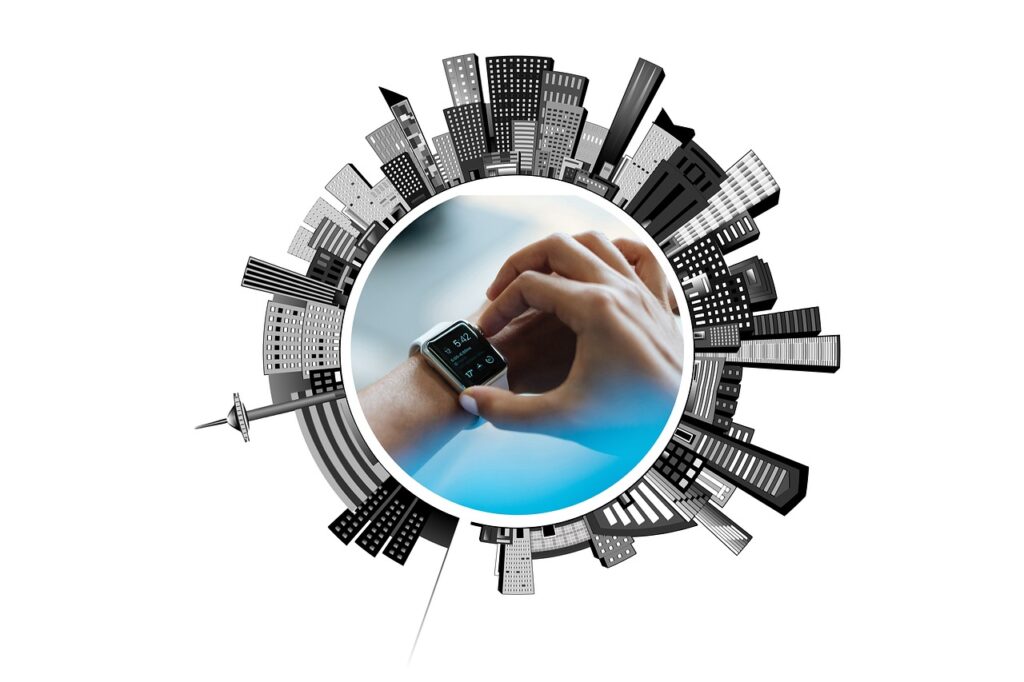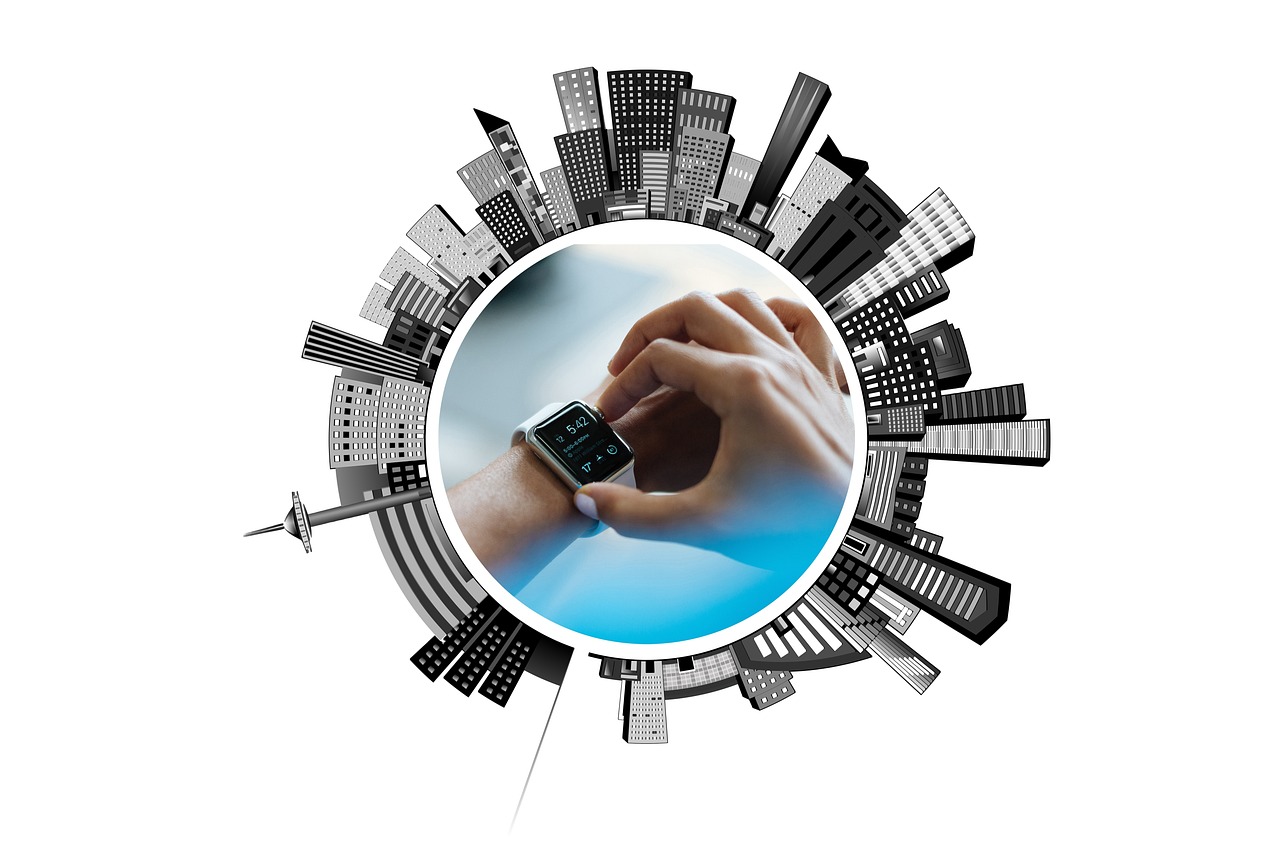The latest trends in wearable health technology are transforming how we monitor and manage our well-being. Gone are the days when wearables were merely step counters; today’s devices offer real-time insights into a range of health metrics such as heart rate, blood oxygen levels, and even mental health status. As technology advances, these innovations are playing a crucial role in personal healthcare, making it more proactive and insightful. In this article, we’ll explore these cutting-edge trends, their impact on the future of healthcare, and why staying updated on these developments is more important than ever.
Table of Contents
ToggleThe Evolution of Wearable Health Technology
From Fitness Trackers to Health Monitors: Latest Trends
Wearable health technology has evolved significantly over the years. Initially, devices like Fitbit and Jawbone served primarily as step counters and calorie trackers for fitness enthusiasts. However, as health needs have expanded, so has the technology. Modern wearables now offer advanced features such as heart rate monitoring, sleep tracking, and blood glucose monitoring for diabetics. Consequently, these devices are not just for fitness buffs anymore; they have become indispensable tools for managing chronic conditions and monitoring overall health.

AI and Machine Learning in Wearable Health Technology: Key Innovations
In recent years, Artificial Intelligence (AI) and Machine Learning (ML) have become integral to the latest trends in wearable health technology. These innovations allow wearables to analyze vast amounts of data and turn it into actionable insights. For example, AI-driven wearables can suggest when to exercise based on sleep quality or even alert users about irregular heart rhythms. Furthermore, as machine learning algorithms continue to improve, the accuracy of these devices becomes smarter and more responsive over time.
Wearables as Medical Devices: Latest Trends
Wearable technology is no longer confined to the fitness space. Many wearables, such as the Apple Watch, now feature FDA-approved medical functions like ECG monitoring. This blurs the line between consumer electronics and medical devices, thus providing users with clinical-grade health monitoring right on their wrists. As a result, wearables are being increasingly adopted by healthcare professionals for remote patient monitoring and chronic disease management.
Key Trends in Wearable Health Technology
Continuous Health Monitoring: Innovations in Wearable Tech
One of the most transformative trends in wearable health technology is continuous monitoring. Unlike occasional check-ups at a clinic, wearables now provide round-the-clock tracking of vital health metrics. This allows users to stay informed about their health in real-time, thus enabling early detection and intervention in case of abnormalities.
Heart Rate and ECG Monitoring: Latest Trends
Advanced devices now offer continuous heart rate tracking, which helps detect irregular heartbeats and potential heart conditions such as atrial fibrillation. Moreover, the ECG functionality on some wearables can notify users when their heart rate exceeds or drops below certain thresholds, which adds an extra layer of security.
Blood Oxygen and Glucose Monitoring: Trends in Wearable Health Tech
In addition to heart rate monitoring, many wearables now include SpO2 sensors to monitor blood oxygen levels. Furthermore, with the growing popularity of Continuous Glucose Monitoring (CGM) in wearables, diabetics can now benefit from real-time tracking of glucose levels, which enhances their ability to manage the condition effectively.
Wearable Mental Health Trackers: Emerging Trends
Stress and Anxiety Monitoring: Trends in Wearable Health Technology
In addition to physical health, wearable technology is making strides in mental health tracking as well. For instance, devices like the Fitbit Sense and Garmin Vivosmart now include stress management features that measure stress responses in real-time. Not only do these devices track stress levels, but they also offer relaxation techniques, such as guided breathing exercises, to help users manage stress more effectively.
Sleep Tracking and Improvement: Latest Trends in Wearables
Sleep is a crucial aspect of both mental and physical well-being. Wearables like the Oura Ring and the Whoop Strap now analyze not just the quantity but also the quality of sleep. By providing detailed insights into sleep patterns, these devices help users adjust their routines for better rest. As a result, wearables contribute to improving both mental clarity and overall health.
Smart Clothing and Accessories: Innovations in Wearable Health Tech
E-textiles and Smart Fabrics: Latest Trends
Wearable technology is expanding beyond wrist-based devices and venturing into the realm of smart clothing and accessories. E-textiles, or smart fabrics, are textiles embedded with sensors that monitor various health metrics, such as heart rate, movement, and even temperature. Therefore, these fabrics are especially beneficial for athletes and those requiring constant health monitoring, offering seamless integration into their daily lives.
Wearable Sensors in Everyday Clothing: Key Innovations
Moreover, developers are creating wearable sensors that can be embedded into regular clothing. For example, socks equipped with sensors can monitor foot health in diabetics, while shirts embedded with motion sensors can track posture and muscle activity. Thus, wearable sensors in clothing are changing how we think about health monitoring in everyday life.
Personalized Health and Wellness Recommendations: Trends in Wearables
Data-Driven Insights: Latest Trends
Thanks to AI and machine learning, wearable devices can now offer highly personalized health and wellness recommendations based on the data collected. These insights are analyzed and transformed into actionable advice, such as recommending the ideal times to exercise or notifying users when they should hydrate. Consequently, wearables have become a more proactive tool in health management.
Customized Fitness and Diet Plans: Innovations in Wearable Tech
Furthermore, based on this data, many wearables now offer customized fitness plans, diet recommendations, and even exercise routines tailored to the user’s specific needs. Therefore, wearables are becoming personalized health coaches, making it easier for users to achieve their health goals.

Wearable Health Technologies and Their Impact on Healthcare
Remote Patient Monitoring: Latest Trends in Wearable Health Tech
Wearables are also changing the healthcare landscape, particularly through remote patient monitoring. Now, healthcare providers can monitor a patient’s vital signs from afar, reducing the need for frequent in-person visits. This is particularly beneficial for managing chronic conditions such as diabetes, hypertension, or cardiovascular disease.
Early Detection and Prevention: Latest Trends
Thanks to continuous monitoring, wearables can detect potential health issues before they become serious. For example, wearables equipped with ECG functions can alert users to abnormal heart rhythms, thus prompting them to seek medical attention early on. Early detection is crucial in preventing serious health complications and reducing the need for expensive treatments later on.
Empowering Patients Through Data: Latest Trends
Additionally, wearable devices provide users with real-time access to their health data, empowering them to make informed decisions. Instead of waiting for a doctor’s appointment, individuals can now monitor their health trends daily, make adjustments, and take preventive actions as needed.
Reducing Healthcare Costs: Innovations in Wearable Health Technology
By promoting preventive care, wearable health technology has the potential to significantly reduce healthcare costs. Fewer hospital visits and the early detection of health issues mean that patients and healthcare systems alike can save money on emergency care and long-term treatments.
Challenges and Considerations
Privacy and Data Security: Trends in Wearable Health Technology
With the increasing collection of personal health data, privacy concerns are becoming more pronounced. Wearables store sensitive information such as heart rate, location, and even sleep patterns. Therefore, ensuring that this data is securely stored and transmitted is crucial to protect users from data breaches.
Accuracy and Reliability: Key Trends in Wearable Health Tech
Although wearables have advanced significantly, concerns remain regarding their accuracy, particularly when compared to clinical-grade equipment. For example, some wearables may inaccurately measure metrics like blood oxygen levels or heart rate during high-intensity exercise. Thus, ensuring that the data collected is reliable for medical use remains a challenge.
Accessibility and Affordability: Trends in Wearable Health Technology
While wearable health technology offers many benefits, it is not accessible to everyone. High-end devices with advanced health-monitoring features can be expensive, leaving some people without access to this vital technology. Therefore, bridging this gap is essential to ensuring that wearable health tech benefits a broader population.
Future Directions for Wearable Health Technology
Integration with Telemedicine: Trends in Wearable Health Tech
As telemedicine continues to grow, wearable technology will likely play an even more critical role in remote healthcare. Integrating wearable data with telemedicine platforms can enable doctors to monitor patients more effectively without requiring in-person visits. This integration is already happening in many parts of the healthcare system and will likely expand in the coming years.

Advancements in Battery Life and Power Efficiency: Key Trends
One of the ongoing challenges for wearable technology has been battery life. However, advancements in power efficiency are extending the life of these devices. With longer battery life, wearables can provide more continuous monitoring, improving their usefulness in healthcare applications.
Wearables for Chronic Disease Management: Latest Innovations
Wearables are proving to be incredibly useful in managing chronic diseases. As technology improves, wearables will continue to offer even more sophisticated tools for tracking and managing conditions such as diabetes, cardiovascular disease, and hypertension. As a result, patients with chronic conditions can expect better health outcomes and a higher quality of life.
Collaboration with Traditional Healthcare Systems: Latest Trends
For wearables to achieve their full potential, they must work in tandem with traditional healthcare systems. This includes integrating wearable data with Electronic Health Records (EHRs) to give healthcare providers a more complete picture of a patient’s health. Doing so will enable more personalized care and better health outcomes.
Conclusion
In conclusion, the latest trends in wearable health technology are transforming healthcare by making it more proactive, accessible, and personalized. From continuous health monitoring to mental wellness tracking, wearables provide users with real-time insights that help prevent serious health issues and improve overall well-being. Despite challenges such as privacy concerns and accessibility, the future of wearable health tech is incredibly promising. As these devices continue to evolve, they will play an even more critical role in healthcare, empowering individuals to take control of their health like never before.
FAQS
Are wearable health devices accurate?
Wearable health devices are generally accurate for tracking basic health metrics, but they may not always be as precise as clinical-grade equipment. Accuracy varies between devices, so it’s essential to research and choose reliable models.
How do wearables help with chronic disease management?
Wearables can monitor vital signs and symptoms continuously, providing real-time data that helps manage chronic diseases like diabetes or heart disease. This data can be shared with healthcare providers for more informed treatment.
What are the privacy concerns with wearable health technology?
Privacy concerns revolve around the collection, storage, and sharing of sensitive health data. It’s crucial to choose devices with robust security features and to be aware of how your data is being used.
Can wearables replace regular doctor visits?
While wearables are a powerful tool for monitoring health, they are not a replacement for regular doctor visits. They can, however, reduce the frequency of visits by providing valuable health data that doctors can use for remote monitoring.
How do I choose the right wearable health device for me?
Choosing the right wearable depends on your health goals, budget, and specific needs. Research different devices, read reviews, and consider which features are most important to you, such as heart rate monitoring, sleep tracking, or fitness tracking.
